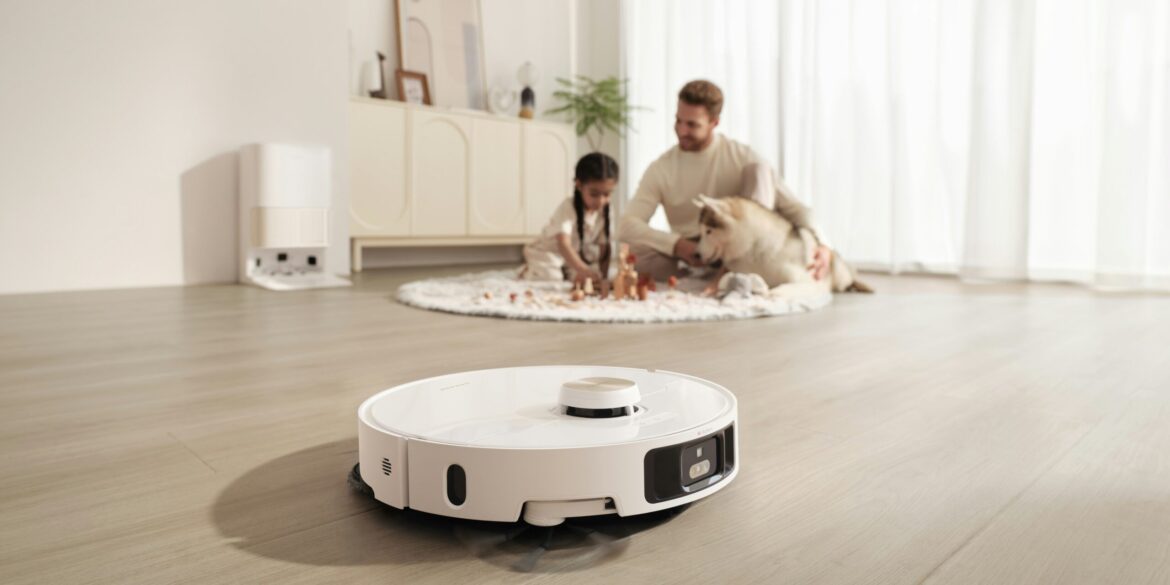In a sign of how rapidly technology is reshaping the residential real estate landscape, a November 14, 2025, industry analysis has confirmed what many agents and brokers have been observing on the ground: homebuyers in the United States now expect automation and smart-home features as part of their purchasing criteria. According to PropTech Outlook’s feature article “Future-Ready Homes: Embracing Automation for Enhanced Living,” smart locks, integrated energy-management systems, and voice-activated controls are no longer considered luxury amenities. Instead, they are becoming baseline expectations—especially among younger, tech-forward buyers entering the market.
Real estate professionals across the country report that listings lacking visible or installed smart features are increasingly lagging on the market, while properties equipped with home automation are moving faster and often commanding more competitive offers. This trend is particularly noticeable in suburban and exurban markets, where first-time homebuyers between the ages of 30 and 45 are actively seeking out homes that reflect their digital lifestyles. For these buyers, smart features aren’t simply about convenience—they represent security, efficiency, and future-proofed value.
The movement toward connected living is taking root amid broader market constraints. Mortgage rates remain elevated, hovering between 6 and 7 percent in many regions, and the supply of available homes is still tight, largely due to lingering effects of the so-called “lock-in” effect—where homeowners with ultra-low mortgage rates are reluctant to sell. This limited inventory means that when homes do come to market, buyers are prioritizing listings that offer more value in ways that go beyond location or square footage. Increasingly, that value is found in how a home functions, not just how it looks.
Technology now plays a central role in how buyers evaluate homes. Features like smart thermostats, automated lighting systems, app-controlled doorbells, and whole-home Wi-Fi optimization are often viewed as essential components of a modern residence. As the home becomes an increasingly integrated environment—where security, climate control, energy efficiency, and entertainment are all managed through mobile apps or voice assistants—buyers want assurance that their homes can support connected living from day one.
This expectation is influencing sellers and developers as well. Sellers are finding that small upgrades—installing a smart lock, replacing a conventional thermostat with a smart model, or adding motion-sensing lighting—can meaningfully enhance a home’s marketability. These investments are often cost-effective and yield a strong return by boosting buyer interest and helping homes stand out in a crowded marketplace. Developers of new construction homes are also responding, increasingly incorporating built-in smart systems as standard features in mid-range and even entry-level housing.
The evolution of smart-home readiness into a core selling point also signals a broader transformation in the real estate transaction. Where once a home’s physical condition or school district was the dominant concern, now buyers are asking different questions: Can I control my lights from my phone? Will my EV charger integrate with the home’s power grid? Is the security system connected to a mobile app? These shifts are altering how homes are staged, photographed, and marketed online—and agents are adapting in kind.
For real estate professionals, staying informed on the latest in home automation is becoming a critical advantage. Many brokerages are encouraging their agents to become familiar with the functionality and benefits of connected-home technologies, and some are even partnering with smart-home vendors to offer bundled services or consultations. The ability to explain, install, or demonstrate these features has become part of the toolkit for agents looking to differentiate their services in a technology-driven market.
As the trend gains momentum, it is also intersecting with sustainability goals. Smart-home devices that optimize energy use—such as programmable thermostats and appliance sensors—are appealing to environmentally conscious buyers and may even help homes qualify for green certifications or tax credits. This added layer of value further strengthens the role of automation in shaping consumer preferences.
Ultimately, the embrace of connected living is not just a trend—it’s a structural shift in how homes are built, sold, and experienced. While the real estate market continues to face headwinds in the form of affordability pressures and limited supply, smart-home features are emerging as a reliable lever for adding value, shortening time on market, and aligning homes with buyer expectations. As one agent noted, “It’s not just about granite countertops anymore. If a home doesn’t talk back—or listen—it’s already behind.”
This transformation suggests that the path forward for real estate will be increasingly digital, where the homes that sell fastest and command the strongest prices are those equipped not just for shelter, but for connected, intelligent living.

